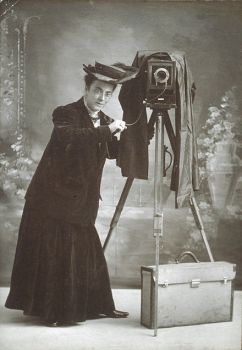The modern playlist is the descendant of the mix tape. And like my mix tapes, I make a significant effort to make sure they are right—and by right, I mean that there is a certain cohesion and shared texture that inspires me. What I love about digital versus tape is the great flexibility for experimentation (though, sometimes I do miss walking around Manhattan with my old yellow cassette Sports Walkman). The playlist featured in this blog entry was easier to compile because it features one artist.
Amy Winehouse. I still miss her.
It has been nine years since she passed away and I often contemplate her missed potential. She was concurrently gruff and tender, but soulful and true. If you think about the state of the pop scene when she rose to prominence, she was a truly authentic voice, not a manufactured cookie cutter. She was the real deal.
She only gave us two albums (Frank and Back to Black), but they were nothing short of extraordinary. A posthumous compilation album (Lioness: Hidden Treasures) was released that contained unreleased songs and a new one that was completed by Nas.
I put this playlist together in January of 2012 and have not changed it once. It is one of the few playlists I have ever gotten right on the first try. The first time I listened to it was on the express bus home and I arrived at my stop just as the last song was playing. I remember I got off the bus and stood there until the song finished. And even after it was over, I stood there for another minute in silence.
The last song on this playlist is “Love is a Losing Game.” I consider this to be her masterpiece. And while this song is indeed an achievement in songwriting, arrangement, recording, and voice, I will always wonder about what could have been.
- “Body and Soul” (Duet with Tony Bennett) from Duets II
- “Tears Dry” from Lioness: Hidden Treasures
- “In My Bed” from Frank
- “Some Unholy War” from Back to Black
- “Me and Mr. Jones” from Back to Black
- “Will You Still Love Me Tomorrow” from Lioness: Hidden Treasures
- “The Girl from Ipanema” from Lioness: Hidden Treasures
- “Valerie” from Mark Ronson featuring Amy Winehouse
- “Rehab” from Back to Black
- “You Know I’m No Good” from Back to Black
- “Fuck Me Pumps” from Frank
- “Like Smoke” (Featuring Nas) from Lioness: Hidden Treasures
- “A Song for You” from Lioness: Hidden Treasures
- “Back to Black” from Back to Black
- “Wake Up Alone” from Back to Black
- “Love is a Losing Game” from Back to Black


 Jessie Tarbox Beals (1870-1942) was a pioneer for women, working as the first published female photojournalist in the United States. While working, she carried heavy camera equipment while donning the bulky women’s fashions of the late 19th and early 20th century. Beals later opened her own studio as a divorced, single mother.
Jessie Tarbox Beals (1870-1942) was a pioneer for women, working as the first published female photojournalist in the United States. While working, she carried heavy camera equipment while donning the bulky women’s fashions of the late 19th and early 20th century. Beals later opened her own studio as a divorced, single mother.